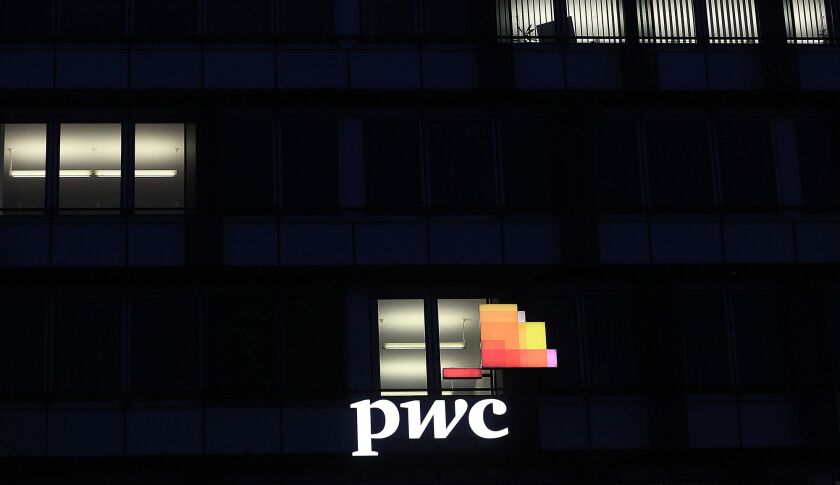The share of borrowers seeking payment relief on loans skyrocketed as COVID-19 concerns mounted, a recent survey by the Mortgage Bankers Association shows.
Between March 2 and April 1, the amount of loans with forbearance requests increased to 2.66% from 0.25%. This marks a more than tenfold growth in requests every two weeks, with a 1,270% increase between March 2 and March 16 and a 1,896% jump between March 16 and March 30.

Hold times in servicer call centers also grew dramatically — from 2 minutes to 17.5 minutes — over the course of a few weeks in March. Abandonment rates increased to 25% from 5%, the report found.
The largest surge in forbearance requests was for the government loans packaged into the securitizations that Ginnie Mae insures, rising from 0.19% to 4.25% over the period analyzed.
Ginnie Mae has promised to provide some support for mortgage servicers that need to advance principal and interest payments from loans to bondholders while borrowers are not paying, but it's unclear how extensive that government intervention will be, and the MBA has sought broader public aid for the industry.
Teaching provides an opportunity to give back by transferring knowledge, sharing experiences and offering a practical outlook to people who either will be starting their careers or are at mid career with a desire to advance further.
PricewaterhouseCoopers LLP expects the majority of its 22,000 U.K. staff to spend some of their time working remotely, even after the coronavirus crisis passes.
Jo Jagadish, who joined TD Bank in April as head of commercial products and payments innovation, spent her childhood moving from country to country, so she's used to a world without borders — the kind of world emerging from the capabilities of fintech and demands of the pandemic.
"It is expected that requests will continue to skyrocket at an unsustainable pace in the coming weeks, putting insurmountable cash-flow constraints on many servicers," said Mike Fratantoni, senior vice president and chief economist at the MBA.
The constraints will be particularly hard on independent mortgage bankers that lack a source of cash from deposits. As of April 1, the percentage of loans in forbearance in IMBs' servicing portfolios was 3.45%. That request rate is 2.24% for banks and 2.73% for all loans.
The association's survey included data from more than 22 million loans in the first-mortgage market.
Providers of government-related loans must provide up to six to 12 months of forbearance without penalty if borrowers state they have coronavirus-related hardships, but consumers can still be considered liable for paying the full amount due in the future if they put payments on hold.






